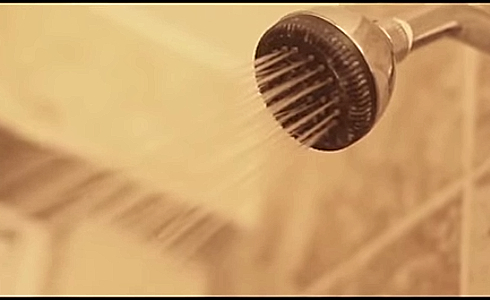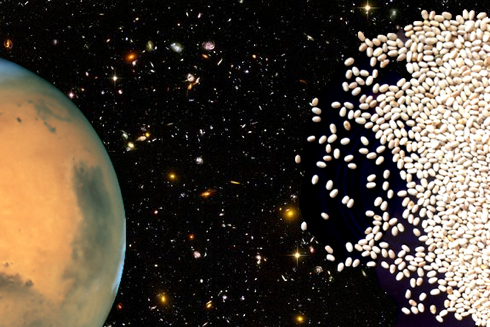Educate
Free STEM activities, lessons, and resources for all learners.
How Does an Octopus Change Its Body to Blend In With Its Environment?
Watch footage of a live octopus to model different ways that these animals can camouflage themselves by changing their body’s texture, shape, size, and color.
How Tails Help a Kite to Fly
In this activity from Science Buddies, you will experiment with how a kite’s tail affects how it flies.
Have A Cricket Tell You The Temperature!
Investigate why crickets chirp. Then, using observations and math, learn how these insects can help you determine the temperature!
Chocolate Crystal Concoctions
Act like an experimental chocolatier and determine how different melting and cooling procedures impact the shine, hardness, and texture of finished chocolate.
Blog: These Student Filmmakers Have Science Stories to Tell
Student video competitions engage the minds of future science communicators.
Going to Extremes: Chia Seeds From Outer Space
In this activity, students will devise an experiment to find out whether chia seeds are still able to grow after exposure to extreme conditions like the ones we may find on other planets. This activity was created by MAVEN Outreach and Education to help teach about NASA’s MAVEN mission to Mars.
Blog: Battle of the Bots
An international robotics competition challenges high schoolers to fund, design, and build an intelligent, semi-autonomous robot.
Make a Model Eardrum to Detect Sound Waves
Create a model eardrum to visualize sound vibrations, and then use a smartphone to identify your model’s natural frequencies.
About the Science Club
SciFri’s Science Club is a month-long challenge in which we ask you to go out, do science, and share it with others.
Make an Art Machine
Safely find, build, or hack a machine that makes any kind of art.




